So Far, So Good
By Brad Fitzpatrick
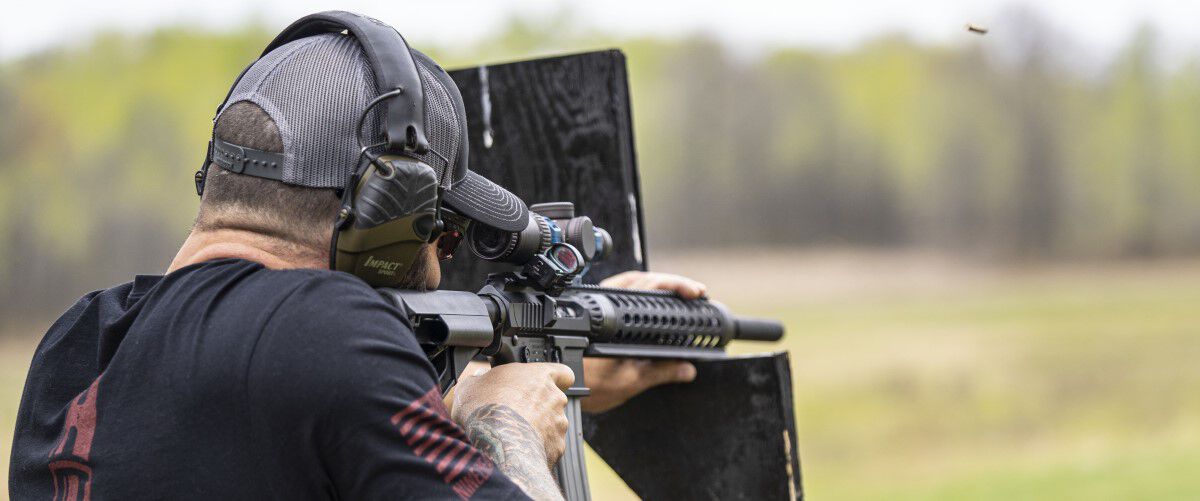
Can you imagine making a 500-yard shot with a .22 rifle? That might sound preposterous to some, but with the right equipment and some practice it’s possible to plink targets more than a quarter mile away. Long-range rimfire matches are popular, and as intimidating as some of the shots you’ll encounter might be, learning to shoot long range with a rimfire will make you more adept with any rifle. Plus, these matches are fun and affordable.
Starting Out Small
I first learned about long-range rimfire from Dan Marsh, a longtime fried and dedicated shooter who competes regularly in these events. When I scoffed at some of the shots, such as the 500-yarder and hitting a 1 ½-inch reactive target at 200 yards, Marsh laughed. You don’t have to be an expert right away, he told me. He also said he enjoyed long-range rimfire more than any other shooting event.
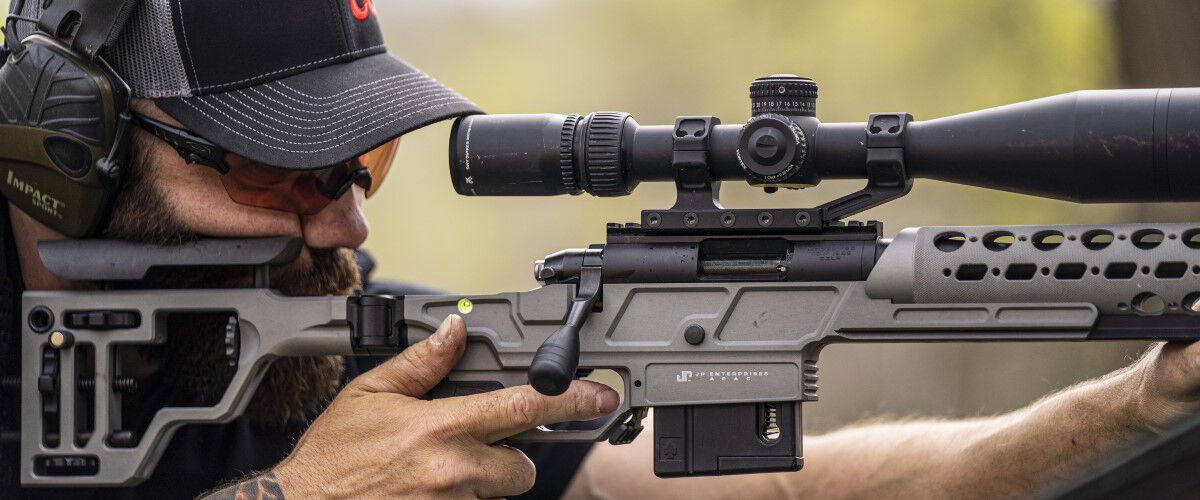
“It all comes down to learning good rifleman skills—or at least intending to become a good rifleman,” Marsh says. “All this stuff is fundamental to being a good field shot, which means a lot to me as a hunter.”
He suggests that rimfire shooters start by finding a gun they like that’s capable of the type of accuracy required for long, difficult shots. His personal rifle is a Kimber SVT with a Leupold 6-20x EFR scope. That’s a solid option for the serious competitor, but that doesn’t mean you have to own an expensive target rifle to shoot long-range matches. There are several affordable .22 rifles that are match-ready, like the Ruger Precision Rimfire ($579) and the Tikka T-1X UPR ($500). You’ll also need a quality optic that doesn’t shift its point of impact, scopes like the Leupold VX-Freedom 3-9x40 Rimfire MOA ($299) and the Vortex Diamondback 6-24x ($399). Buying a good target rifle and then using cheap optics will handicap a long-range shooter, so good glass is an absolute must when pushing the 22 LR cartridge’s limits.
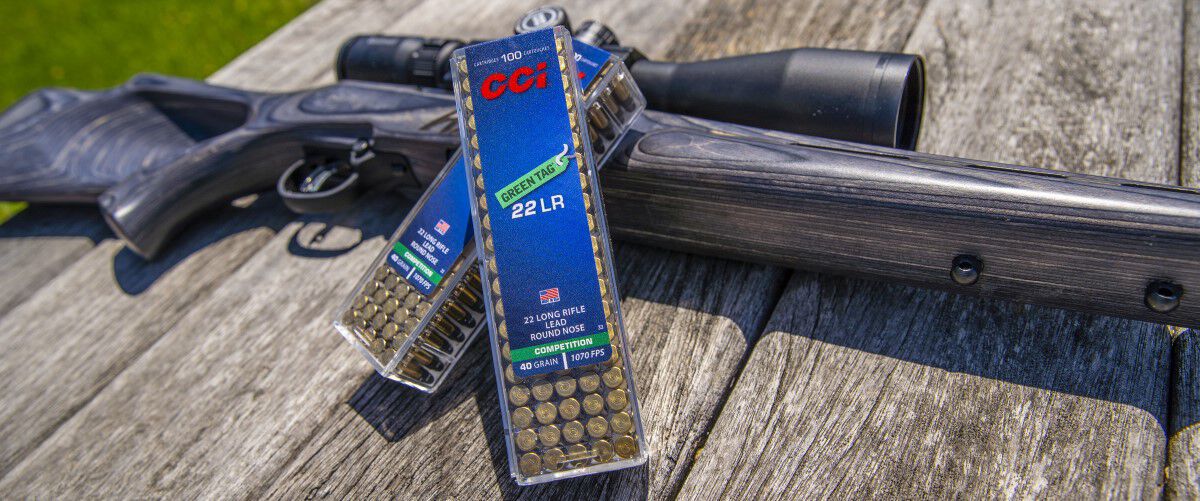
Ammunition is, ultimately, the most important consideration when shooting long range. If your ammunition can’t produce consistent results, you’ll never hit targets at extended ranges, and that’s why so many shooters rely on CCI Green Tag. It has a velocity of 1,070 fps and standard deviation measurements are quite low. SD figures are critical to successful long-range rimfire shooting because variation in velocities has a significant impact on trajectory. Another good option is Standard Velocity. Interestingly, most long-range rimfire shooters don’t want supersonic ammunition, which might seem surprising at first. I asked Marsh about this, and he told me that crossing the sound barrier can impact accuracy.
Learn The Trajectory
Marsh says that once you have your rifle, optic and ammo, you need to learn the ballistics of your rifle. “I have mapped out the drop at 50, 100, 150 and so forth using an online ballistic tool,” he says. “My scope has enough vertical adjustment to dial out the drop out to 300 yards. After that it is doping the holdover and Kentucky windage. This is where knowing your gun and your ammo comes in.”
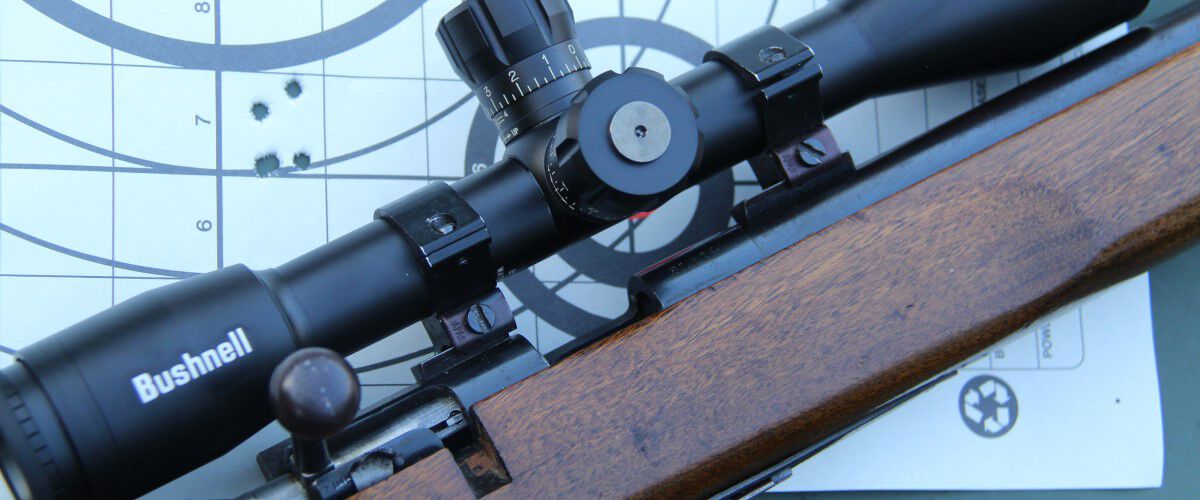
Marsh keeps a notebook with his rifle’s DOPE (data on previous engagements) so he can quickly determine the holdover he’ll need for a specific range. For example, the holdover at 500 yards for his rifle and ammunition is 531 inches.
“It takes about 2 seconds for the bullet to reach the target and the sound to return to your ear at 500 yards,” he says. “I love that part.”
Get Involved
Shooting a rimfire at long range can be intimidating, Marsh says, but it shouldn’t be. “This is a great social event that brings a lot of people together around a common interest and creates opportunities to learn from other participants,” he says. “There’s lots of time to talk, ask questions and help people who need a spotter or seek advice.”
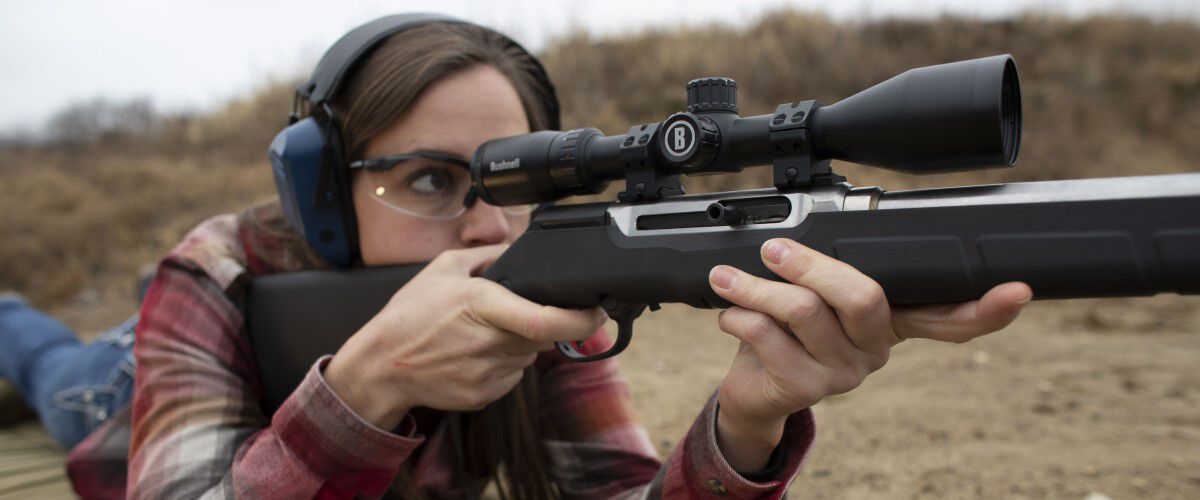
If you’re interested in learning more about long-range competitive rimfire shooting you can contact the National Rifle League Rimfire Division. NRL22 sanctions competitive shoots across the country, so odds are you can find a match close to home, and its website offers lists of upcoming matches and as well as a list of rules and regulations.
Whether you’re competing in a sanctioned match or simply enjoying a day at the range, testing the limits of your abilities with a rimfire rifle is lots of fun, and you don’t have to hit targets at 500 yards (or 100 yards, for that matter) to enjoy it. But having the right equipment—a good scope, a good rifle, and good ammo—is critical to succeed.